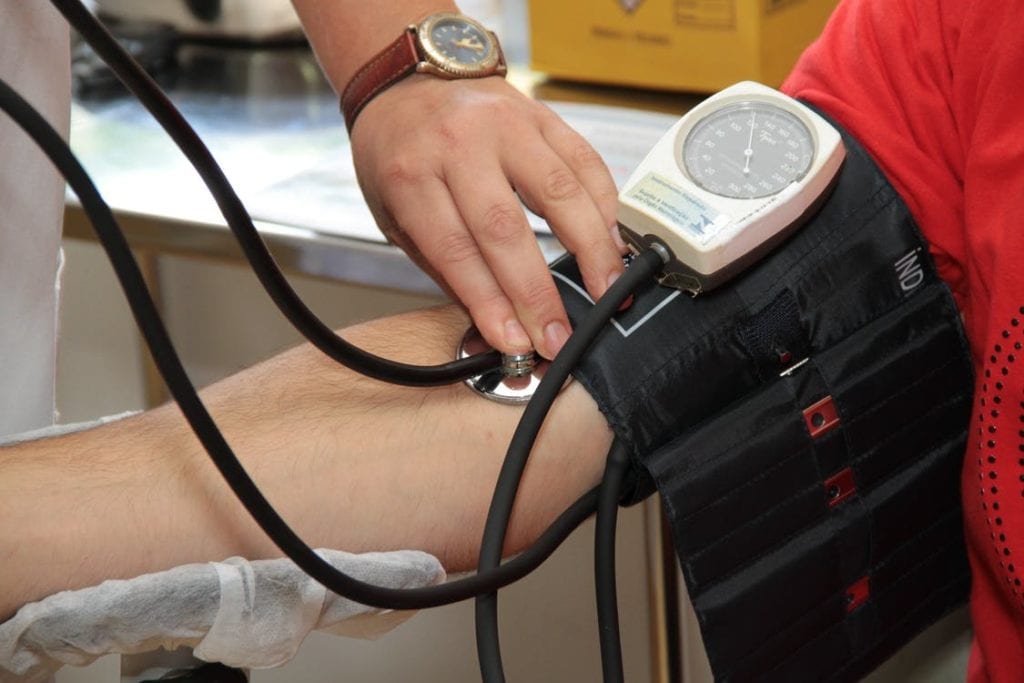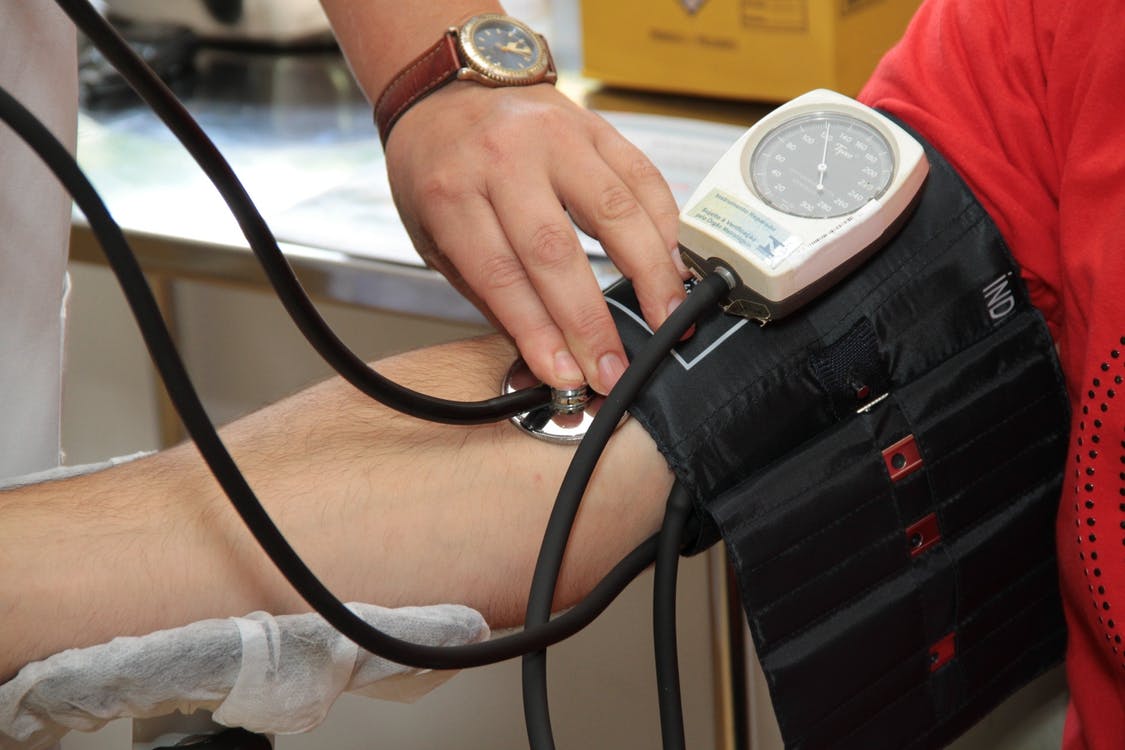
May-Thurner syndrome, also referred to as Iliac Vein Compression syndrome or Cockette syndrome is a condition where pressure is exerted on the left iliac vein (a blood vessel present in the pelvis region) by the right iliac artery. You must read more information on MAY-THURNER SYNDROME if you or anyone close to you suffers from this condition.
Both the veins pass by each other in the spinal area. The pressure exerted by the right artery onto the left vein forces it to compress against the spine. This leads to blood flow issues and also causes blood clots if the compression is severe.
The condition can have serious side effects which is why it is important to know about it and get it treated.
Symptoms Associated With May-Thurner Syndrome
The symptoms of this condition can be quite complicated to understand as they are quite similar to that of a DVT (Deep Vein Thrombosis).
Since a May-Thurner syndrome affects blood flow and increases the chances of getting blood clots, the possibility of getting DVT is common. DVD itself is quite a serious condition that can lead to major problems.
The symptoms include:
- Aching legs.
- Throbbing or tender legs.
- Discolored or red skin.
- Enlarged veins.
- Heavy legs.
- Swelling around the area.
While a May-Thurner syndrome can cause DVT, a DVT can further lead to venous insufficiency. Venous insufficiency is another condition where the blood is pooled in a single vein and is not passed back to the heart.
The symptoms include:
- Leg ulcers.
- Skin discoloration.
- Leg pain and swelling.
So, a May-Thurner syndrome is like a chain reaction as it triggers many venous problems in the body. Therefore, it is essential to diagnose and treat it quickly.
Diagnosing The May-Thurner Syndrome
When you begin to experience DVT and venous insufficiency symptoms, it’s about time to visit a vein specialist.
The doctor will most likely diagnose you for a May-Thurner syndrome because it may be the reasons to cause DVT or venous insufficiency. This syndrome requires a few tests that involves taking images of the iliac veins and arteries.
Here’s how a May-Thurner syndrome can be diagnosed:
- CTI scan.
- MRI scan.
- Ultrasound.
- Venogram.
Dangers Associated With The Syndrome
May-Thurner is a lot more dangerous than it seems. It can cause blood clots in the veins that do not only affect the flow of blood but may also break free and reach reach directly into the lungs.
This clot can cause blockage in the lungs (Pulmonary Embolism) and disturb the breathing pattern. The condition is so serious that it can also kill a person.
Treating The May Thurner Syndrome
The treatment of May-thurner syndrome involves the use of medicines and also surgery. Doctors first suggest to use blood thinners to help get rid of blood clots in the veins. However, that may not be enough when the clots are big. Here’s where a medication that can bust a clot is injected with the help of a catheter.
In case it is severe, the following surgical procedures are your only option:
- Vena Cava Filters: A catheter is passed from your neck or groin region to reach the inferior vena cava by making a small cut. The job of this catheter is to catch the clots that travel from veins into the lungs and avoid Pulmonary Embolism from taking place.
- Bypass Surgery: The surgeon will advise to do a surgery on the affected vein to reroute the flow of blood.
- Changing The Position Of The Right Iliac Artery: During this process, the artery that is affecting the vein is positioned behind the vein so that it can no longer exert any pressure on the vein and disturb blood flow.
The Verdict
In case you are experiencing the symptoms, make sure to visit a doctor and get diagnosed. The condition is serious and should never be neglected.
